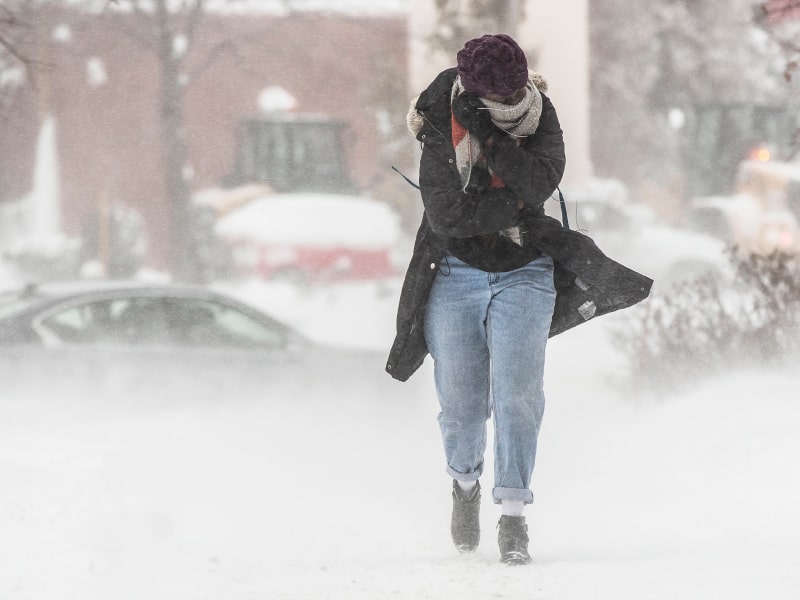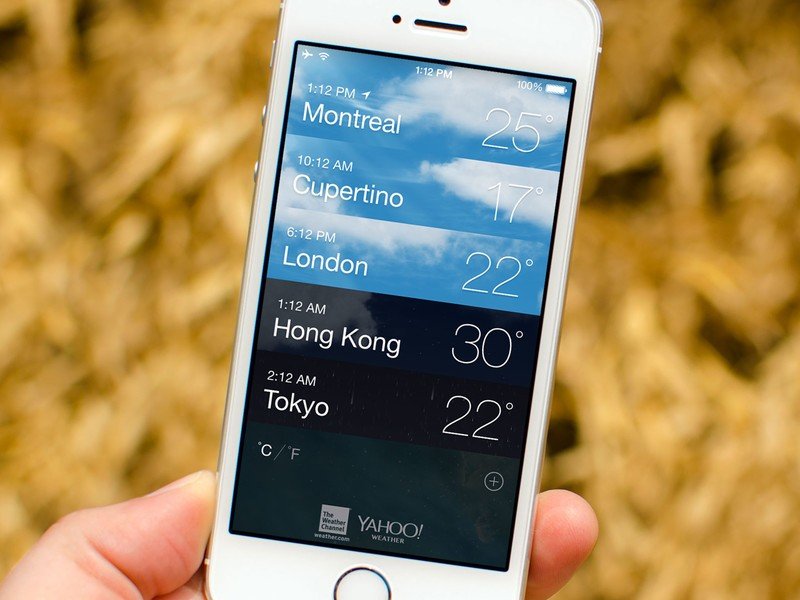
In this age of digital technology, with instant access to up-to-the-minute data, projections, as well as pictures from the National Weather Service (NWS) and also numerous other on the internet sources; with prompt reports from local broadcasters and cable television networks; with personalized forecasts and storm signals sent out directly to your e-mail, pager, or cellular phone; why would any individual require a home weather station?
The response to that inquiry lies right there in your backyard, where the weather conditions you experience at home are typically not the same as any one of those sources may suggest. We understand that all too well living right here in southwest Virginia, as climate condition up on the mountain ridges can be entirely different from those down in the valleys. Fortunately, watching on local climate condition utilizing your very own modern weather station has actually never been simpler or more budget-friendly. Whether basic or elaborate, house weather stations will supply you with information that can not be obtained anywhere else. As well as having the capacity to glance over at your weather station console from the convenience of your sofa or armchair is not only practical, but remarkable too.
Depending upon preferred features and also devices, electronic weather station rates can range from just $30 to as high as $3,000 or even more. Available in either cordless or cabled versions, these very exact climate tools keep an eye on a selection of weather conditions: temperature as well as moisture (both inside and also out), air pressure, rainfall, wind direction as well as rate, humidity, wind cool, as well as heat index – all showed within the convenience of your house! Advanced weather stations supply improved attributes such as faster sampling prices, considerable data graphing and background, and extra sensing units ranging from ultraviolet, solar radiation, and also evapotranspiration to dirt temperature/moisture and leaf dampness. All electronic weather stations include a clock and a lot of them are radio regulated, resetting themselves daily to the official U.S. government atomic clock located at Ft Collins, Colorado.

Cabled weather stations make use of a cable television to link their weather condition sensors to the indoor console. Downsides include the danger of lightning (must make use of lightning arrestors) and needing to drill a hole in the wall to link the two, but cabled devices are normally more economical than cordless units. Wireless weather stations use radio signals (normally in the 433 MHz band) to send measurements from the weather sensing units to the interior console, eliminating the demand to string cable television and also drill holes. The optimum “unblocked” (or “line of vision”) variety in between the sensors as well as indoor console can range designs, from 80 to 1000 feet. Nonetheless, their “efficient” range is determined by the structure products their signals need to permeate (walls, siding, roof covering structure, and so on) and by resources of radio interference. As a rule-of-thumb for a common installation, the efficient variety has to do with a 3rd of the rated unblocked range.
Weather station sensors require to be put or “sited” effectively to provide exact dimensions. As soon as installed, sensors transmit their information to the interior console, which updates the display and documents the analyses at an interval established by the producer. This period might differ depending upon the kind of measurement (temperature level, wind speed, rains, etc.) or may be dealt with at one period rate despite the kind (every min, every 3 mins, etc.).
Come and visit DTN for any more information regarding home weather stations.



